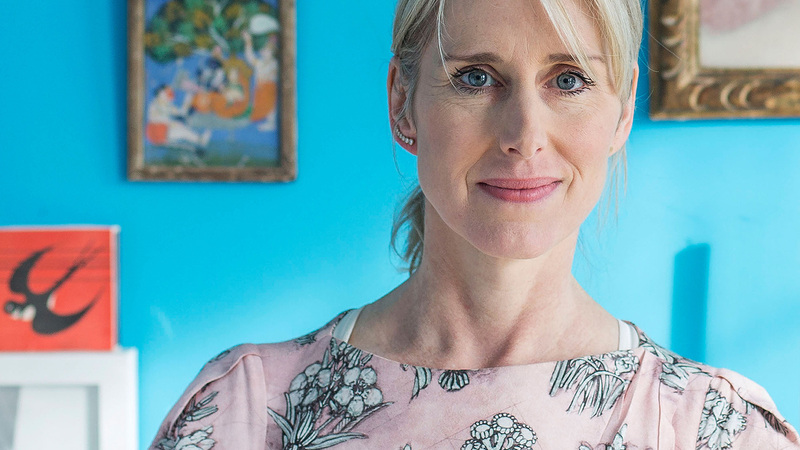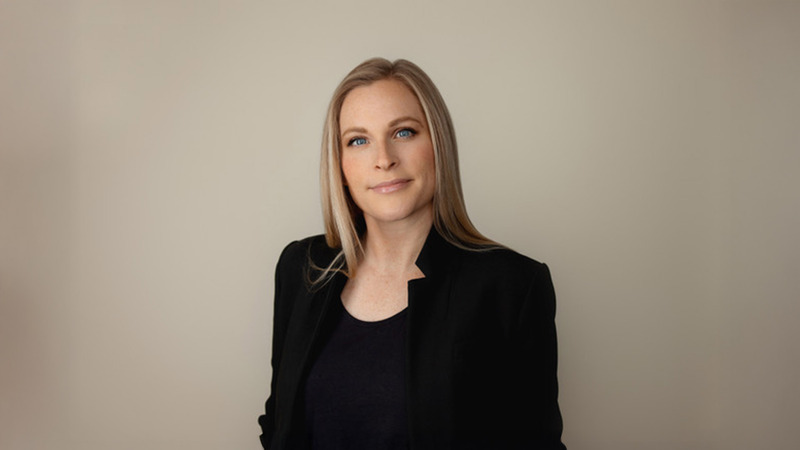You are viewing your 1 free article this month. Login to read more articles.
OUP's gender pay gap broadly unchanged
Oxford University Press' latest UK gender pay gap details, dating to April 2018, show a small increase in the median figure from 12.6% in last year's report to 13.4% in this year's set of figures. But its mean pay gap decreased slightly from 24.1% in last year's report to 23.1% in the latest figures.
"Two key reasons that are driving the pay gap in the UK are that fewer women than men occupy OUP's highest-paying senior leadership roles, and, as was the case last year, higher market salary rates affect some functions that have a higher proportion of male employees, such as technology," the publisher said.
The small rise in the median pay gap was because more men and fewer women were in the upper pay quartile in April 2018 compared to the same date in the previous year. The reduction in the mean pay gap reflected the fact that a number of men left higher paid roles and at the time of the report were either not replaced, or replaced by men or women on lower salaries.
Following the first gender pay gap disclosures, the publisher last year launched a range of initiatives and approaches to support gender diversity at all levels of the organization, including leadership development programmes, mentoring opportunities, gender-balanced job applicant short-listing, blind selection of candidates for senior roles, flexible working, shared parental leave, and the introduction of a Women’s Network. "In the coming year, the organization also plans to introduce unconscious bias training for employees and managers and expects that over time all these activities will have a measurable positive impact on its gender pay gap," OUP said.
OUP’s Group HR Director Lesley Sommerville commented: 'We put a range of global initiatives in place in 2018 with the aim of sustaining an inclusive working environment worldwide. Ensuring we achieve a better gender balance across our organization is an important part of that work, and we expect these measures to have a measurable, positive influence on reducing our UK gender pay gap over time."
In terms of the data required to be released by law, OUP's figures could simply be included in the wider Oxford University gender pay report. However the Press has for a second year made the choice to release a separate report on the publishing operation alone "as it is committed to working toward better gender balance", it said.
About one third of OUP's 6,000 employees around the world are based in the UK.



















